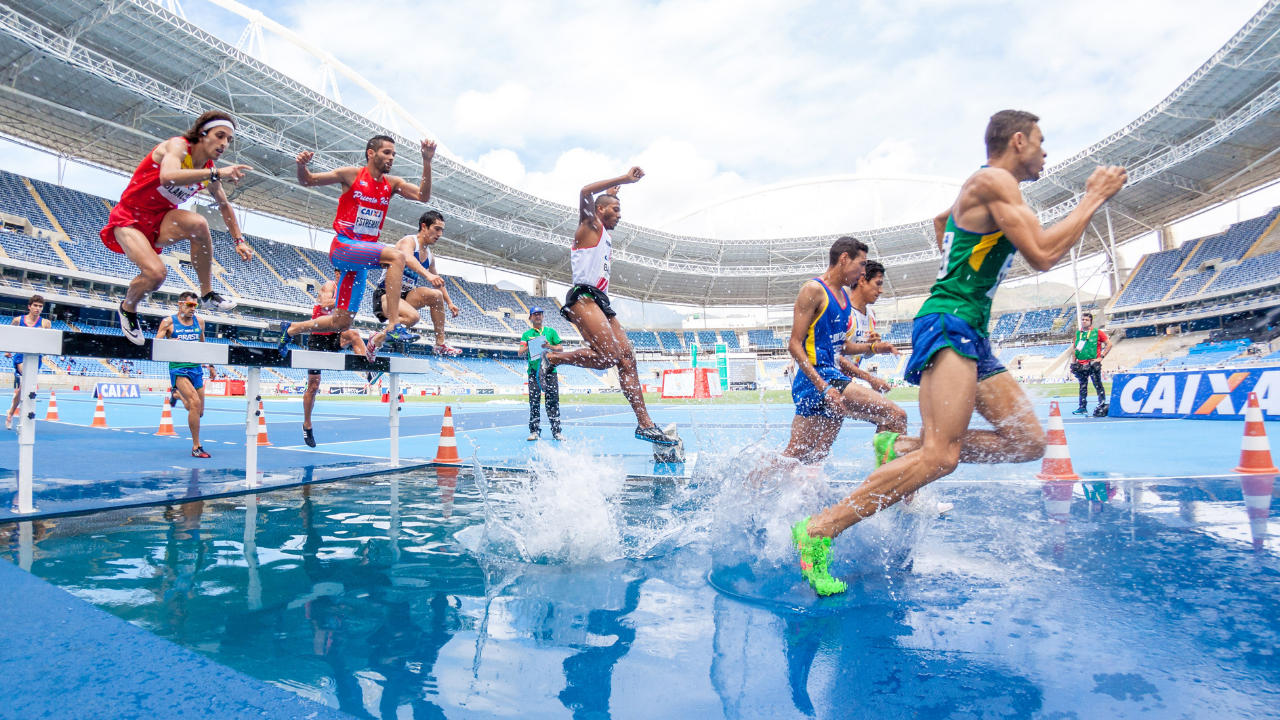“One of the hardest things to deal with at the international level of competition is the pressure I feel just before it is time to go!”
– Winter Olympic Gold Medalist
Olympic athletes have the ultimate pressure to perform with an entire country counting on them to excel. Watching the Olympics you often heard the commentators referring to the pressure the athletes are under and elaborating on how it brought out the best in some, while others failed to deliver.
Competition pressure isn’t felt just by Olympians. It can be experienced by sports participants at all levels. My friend and recreational competitor told me he felt pressure from his club, friends and local community to be on the starting line and do well at races.
What is competition pressure?
The U.S. Olympic Committee (USOC) sports psychologists define it as “the effects of an athlete’s thoughts about themselves, others, or situations they face that result in changes – primarily negative – in their performance.”
Thoughts of self-doubt and fear are common. Athletes fret about their ability, the competition, the weather, their preparation, repeating poor performances, other’s perceptions, equipment malfunctions, and more.
The body and mind and closely linked. Studies have shown that these negative thoughts can produce physiological and emotional reactions including increased heart rate, blood pressure, and breathing rate; tight muscles; anxiety; and difficulty with focus and concentration.
Fortunately, pressure can be a positive influence inspiring extraordinary results. You might know someone that doesn’t train well but is a star competitor. This individual is able to use pressure to his/her advantage. I also have a friend like this who thrives on competition and refers to her race day persona.
Real and Self-Generated Pressures
Olympic athletes have the real pressure of very high expectations placed upon them by their country, the media, sponsors, and coaches. Consequences for a poor performance are big and can dramatically impact their athletic careers. Real pressure comes from outside, external sources. This pressure is tied to performance outcomes and is more apparent at the elite levels of competition.
Self-generated pressure comes from within the athlete either consciously or unconsciously and can be a stronger negative force than real pressure. The following are examples of self-generated sport/life pressures given by the USOC.
- Amplifying expectations of others (family, team, etc.)
- Associating performance outcomes with…
- the need to be accepted
- one’s personal self worth
- one’s social or sport worth
- Excessive need for other’s approval
- Two dimensional view of performance – win or lose
- Unrealistic performance expectations
Three Steps to Managing the Pressures
- Become Aware of Real, Self-Generated and Positive Pressures
Make three lists, one for each type of pressure, and write down all the pressures that influence your performance.
Next, rate the affect of the pressure on a scale from 1-10 (1-extremely distracting; 10-very helpful)
Reevaluate your pressures and ratings at regular intervals to track your progress. - Identify a Strategy to Overcome the Negative Pressures
Make a second worksheet with the pressure in the left column and the strategy on the right. - Practice the Strategy!
Pressure/Strategy Worksheet Example
| Pressure | Overcoming Strategy |
|---|---|
| Real Pressure: You need to finish in the top 5 to qualify for the National team. | Focus on what you need to do, the process that will enable you to perform your best. Avoid wasting time and energy worrying about the consequences. |
| Self-Generated Pressure: You want to improve your race time and/or finishing placement from last year to impress your friends. | Remind yourself that you are confident in your training preparation and competition strategy. |
Reference: USOC Coaches’ and Athletes’ Mental Training Manuals



